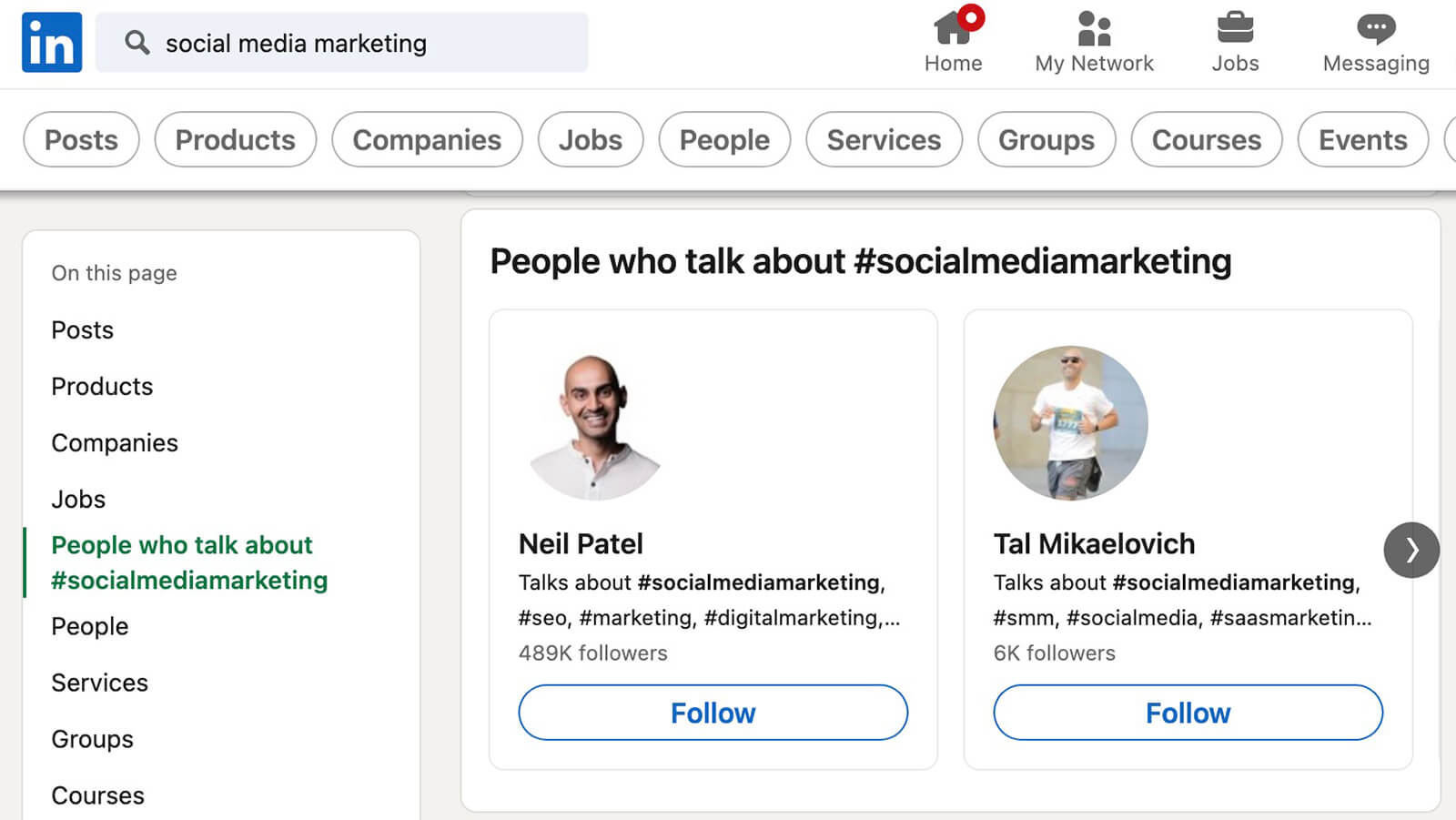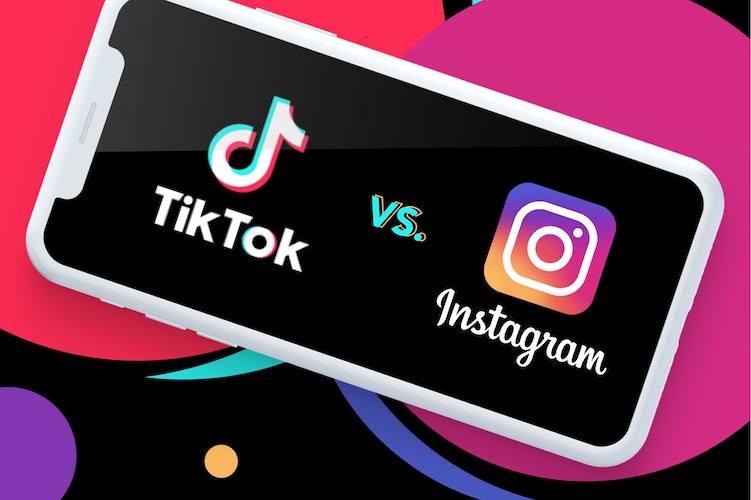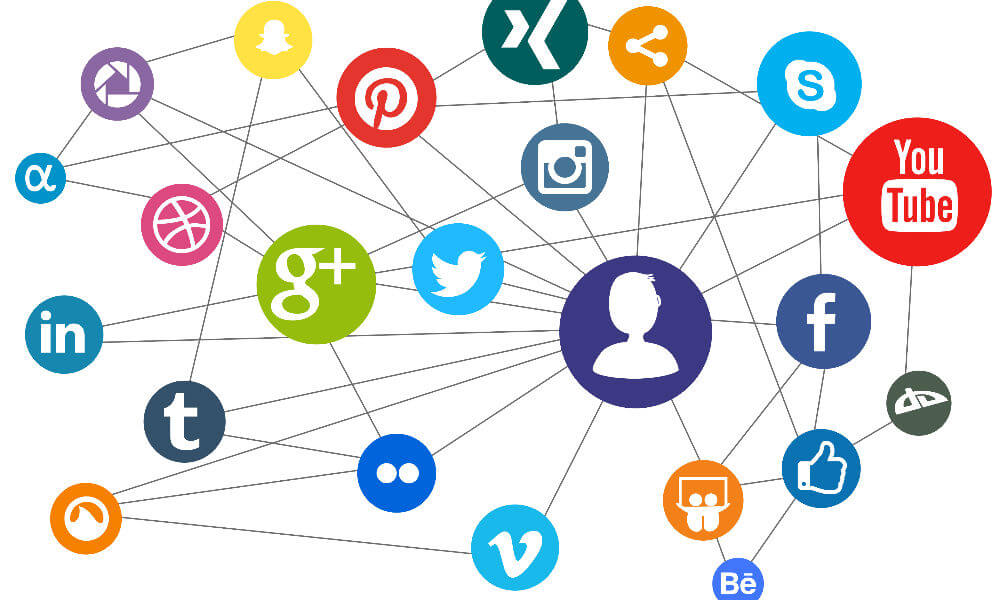Breaking Free from Facebook’s Dominance
As the social media landscape continues to evolve, users are increasingly seeking alternatives to Facebook. With concerns over data privacy, algorithm changes, and the desire for new features and experiences, many are looking for social networks other than Facebook to connect with others and share their lives. One of the primary reasons for this shift is the growing awareness of data privacy issues on Facebook. The platform’s handling of user data has been under scrutiny, leading many to question whether their personal information is truly secure. Additionally, Facebook’s algorithm changes have made it more difficult for users to see content from the people and pages they care about, leading to frustration and disillusionment. As a result, users are seeking out social networks that offer more transparency, flexibility, and control over their online experience.
Another factor driving the search for alternative social networks is the desire for new features and experiences. Facebook’s dominance has led to a sense of stagnation, with many users feeling that the platform has become stale and predictable. In contrast, newer social networks are often more innovative and experimental, offering features and functionalities that are not available on Facebook. For example, platforms like Discord and Slack offer community-building tools and real-time messaging, while others like Pinterest and Instagram provide visually-driven experiences that are ideal for creative expression.
Furthermore, the rise of niche social networks has given users the opportunity to connect with others who share similar interests and passions. These platforms, such as Goodreads for book lovers and DeviantArt for artists, offer a more focused and engaging experience than Facebook, where users can share their work, get feedback, and connect with like-minded individuals. As the social media landscape continues to diversify, it’s likely that we’ll see even more niche platforms emerge, catering to specific interests and communities.
Ultimately, the search for social networks other than Facebook is driven by a desire for choice, flexibility, and innovation. As users become more savvy and discerning, they’re seeking out platforms that offer a more personalized and engaging experience. Whether it’s due to concerns over data privacy, the desire for new features, or the need for community-building tools, the alternatives to Facebook are becoming increasingly appealing. As the social media landscape continues to evolve, it’s likely that we’ll see a shift towards a more diverse and decentralized ecosystem, where users have the freedom to choose the platforms that best meet their needs.
Discovering Niche Networks for Specific Interests
One of the most significant advantages of exploring social networks other than Facebook is the ability to connect with others who share specific interests and passions. Niche social networks have emerged to cater to these interests, providing a more focused and engaging experience for users. For example, Goodreads is a social network designed specifically for book lovers, allowing users to create virtual bookshelves, share reviews, and connect with fellow readers. Similarly, DeviantArt is a platform for artists and designers to showcase their work, get feedback, and connect with like-minded individuals.
Ravelry is another example of a niche social network, catering to the needs of crafters and fiber artists. Users can share their projects, connect with others who share similar interests, and participate in online communities related to knitting, crochet, and other crafts. These platforms provide a unique opportunity for users to connect with others who share their passions, creating a more meaningful and engaging experience than what is often found on larger social networks like Facebook.
The benefits of niche social networks extend beyond the user experience. By providing a platform for users to connect with others who share specific interests, these networks can also facilitate collaboration, innovation, and creativity. For example, a writer may use Goodreads to connect with fellow authors and get feedback on their work, while an artist may use DeviantArt to showcase their portfolio and attract new clients. By leveraging the power of niche social networks, users can tap into a global community of like-minded individuals, creating new opportunities for growth and connection.
In addition to the platforms mentioned above, there are many other niche social networks available, catering to a wide range of interests and passions. From photography and music to sports and fashion, there is a social network out there for almost every interest. By exploring these platforms, users can discover new communities, connect with others who share their passions, and experience the benefits of social networking in a more focused and engaging way.
Professional Networking on LinkedIn and Beyond
For professionals looking to expand their network, LinkedIn is often the go-to platform. With over 700 million users, LinkedIn provides a vast array of opportunities for job searching, industry news, and thought leadership. However, LinkedIn is not the only professional networking platform available. Alternative platforms like Xing and Crunchbase offer unique features and benefits that can help professionals connect with others in their industry.
Xing, for example, is a professional networking platform that is popular in Europe. With over 16 million users, Xing provides a platform for professionals to connect with others in their industry, share knowledge and expertise, and find new business opportunities. Xing also offers a range of features, including job searching, event planning, and group discussions.
Crunchbase, on the other hand, is a platform that focuses on startup companies and entrepreneurs. With over 50 million users, Crunchbase provides a platform for startups to showcase their products and services, connect with investors and partners, and find new talent. Crunchbase also offers a range of features, including company profiles, funding data, and industry news.
When it comes to professional networking, it’s essential to consider the benefits of using multiple platforms. While LinkedIn may be the most well-known platform, alternative platforms like Xing and Crunchbase can provide unique opportunities for connection and growth. By diversifying your professional network, you can expand your reach, build new relationships, and stay ahead of the curve in your industry.
In addition to these platforms, there are many other professional networking platforms available, each with their own unique features and benefits. By exploring these platforms, professionals can find the ones that best fit their needs and goals, and start building a stronger, more diverse professional network.
Visual-Centric Platforms: Instagram, TikTok, and More
The rise of visual-centric social networks has transformed the way we consume and interact with content. Platforms like Instagram, TikTok, and Snapchat have become incredibly popular, with millions of users sharing photos, videos, and stories every day. These platforms have not only changed the way we communicate but also the way we discover and engage with content.
Instagram, for example, has become a go-to platform for visual storytelling. With its emphasis on high-quality visuals and engaging captions, Instagram has become a favorite among brands, influencers, and individuals alike. The platform’s features, such as Stories, Reels, and IGTV, have made it easy for users to create and share content that is both visually appealing and engaging.
TikTok, on the other hand, has taken the world by storm with its short-form video content. The platform’s algorithm, which uses AI to learn user preferences, has made it easy for users to discover new content and creators. TikTok’s popularity has also led to the rise of new creators and influencers, who have built massive followings on the platform.
Snachat, another popular visual-centric platform, has become known for its ephemeral content. The platform’s features, such as Stories and Discover, have made it easy for users to share content that disappears after 24 hours. Snapchat’s emphasis on authenticity and spontaneity has made it a favorite among younger generations.
These visual-centric platforms have not only changed the way we consume content but also the way we interact with each other. They have created new opportunities for creators and influencers to build their brands and connect with their audiences. As social networks other than Facebook continue to evolve, it’s likely that we’ll see even more innovative and engaging visual-centric platforms emerge.
By exploring these platforms, users can discover new ways to express themselves, connect with others, and engage with content. Whether it’s through Instagram’s visual storytelling, TikTok’s short-form videos, or Snapchat’s ephemeral content, visual-centric platforms are changing the social media landscape and providing new opportunities for users to connect and interact.
How to Find and Join the Right Alternative Social Network
With the vast array of social networks other than Facebook available, it can be overwhelming to decide which one to join. However, by following a few simple steps, you can find and join the right alternative social network that aligns with your interests and needs.
First, identify your goals and interests. What do you want to achieve on a social network? Are you looking to connect with others who share similar hobbies or interests? Are you looking to expand your professional network? By knowing what you want to achieve, you can narrow down your search to social networks that cater to your needs.
Next, research different social networks. Look for platforms that align with your goals and interests. Read reviews, ask for recommendations, and explore the platform’s features and user base. This will give you a better understanding of whether the platform is right for you.
Another important factor to consider is the platform’s community guidelines. Make sure you understand the platform’s rules and regulations, as well as its stance on issues such as data protection and online harassment. This will ensure that you have a safe and enjoyable experience on the platform.
Finally, join the platform and start exploring. Create a profile, connect with others, and start engaging with content. This will give you a better feel for the platform and help you decide whether it’s right for you.
Some popular alternative social networks to consider include Mastodon, a decentralized social network that allows users to host their own servers; Ello, a platform that focuses on creativity and community; and Minds, a blockchain-based social network that rewards users with cryptocurrency for creating and engaging with content.
By following these steps, you can find and join the right alternative social network that aligns with your interests and needs. Remember to always prioritize your safety and security, and don’t be afraid to try out new platforms and features.
Security and Privacy on Alternative Social Networks
When exploring social networks other than Facebook, it’s essential to consider the security and privacy concerns associated with these platforms. While alternative social networks may offer more flexibility and customization options, they may also pose unique security risks.
Data protection is a significant concern on alternative social networks. Unlike Facebook, which has a robust data protection policy, some alternative platforms may not have the same level of protection in place. This means that users may be more vulnerable to data breaches and unauthorized access to their personal information.
Password security is another critical aspect of security on alternative social networks. Weak passwords can leave users vulnerable to hacking and unauthorized access to their accounts. It’s essential to use strong, unique passwords for each platform and to enable two-factor authentication whenever possible.
Online harassment is also a concern on alternative social networks. While some platforms may have stricter community guidelines and moderation policies, others may not have the same level of protection in place. This means that users may be more vulnerable to online harassment and bullying.
To stay safe and secure on alternative social networks, it’s essential to take a few precautions. First, read the platform’s terms of service and community guidelines carefully. Understand what data is being collected and how it will be used. Second, use strong, unique passwords and enable two-factor authentication whenever possible. Finally, be cautious when interacting with others on the platform, and report any suspicious activity or online harassment to the platform’s moderators.
Some alternative social networks are taking steps to address security and privacy concerns. For example, Mastodon, a decentralized social network, allows users to host their own servers and control their own data. Ello, a platform that focuses on creativity and community, has a strict community guidelines policy and a robust moderation system in place.
By taking the necessary precautions and choosing platforms that prioritize security and privacy, users can enjoy the benefits of alternative social networks while minimizing the risks.
The Future of Social Networking: Emerging Trends and Platforms
The social networking landscape is constantly evolving, with new trends and platforms emerging all the time. As users become increasingly dissatisfied with traditional social networks like Facebook, they are turning to alternative platforms that offer more flexibility, customization, and control.
One of the most significant emerging trends in social networking is decentralization. Decentralized social networks, such as Mastodon and Diaspora, allow users to host their own servers and control their own data. This approach provides a more secure and private alternative to traditional social networks, where data is often stored on centralized servers and subject to exploitation.
Another emerging trend is the use of blockchain technology in social networking. Blockchain-based platforms, such as Steemit and LBRY, use distributed ledger technology to create a secure and transparent record of all transactions and interactions on the platform. This approach provides a more secure and trustworthy alternative to traditional social networks, where data is often vulnerable to hacking and exploitation.
Virtual reality (VR) social experiences are also becoming increasingly popular. Platforms like VRChat and AltspaceVR allow users to create their own avatars and interact with others in virtual environments. This approach provides a more immersive and engaging alternative to traditional social networks, where interactions are often limited to text-based communication.
Finally, there is a growing trend towards more niche and specialized social networks. Platforms like Goodreads and DeviantArt cater to specific interests and communities, providing a more focused and engaging experience for users. This approach provides a more meaningful and relevant alternative to traditional social networks, where content is often diluted and irrelevant.
As the social networking landscape continues to evolve, it’s likely that we’ll see even more innovative and creative platforms emerge. By embracing these emerging trends and platforms, users can enjoy a more diverse and dynamic social networking experience that is tailored to their interests and needs.
Conclusion: Embracing a Diverse Social Media Landscape
In conclusion, exploring social networks other than Facebook can be a rewarding and enriching experience. By discovering niche networks for specific interests, leveraging professional networking platforms, and embracing visual-centric and emerging trends, users can enjoy a more diverse and dynamic social media landscape.
As we’ve seen, there are many benefits to exploring social networks beyond Facebook. From improved data privacy and security to increased flexibility and customization, alternative social networks offer a range of advantages that can enhance the user experience.
Moreover, by embracing a diverse social media landscape, users can tap into new communities, connect with like-minded individuals, and discover new content and experiences. Whether you’re a professional looking to expand your network, a creative seeking inspiration, or simply someone looking for a more engaging social media experience, there’s an alternative social network out there for you.
So why not take the leap and explore the world of social networks beyond Facebook? With so many innovative and exciting platforms to choose from, you’re sure to find one that meets your needs and exceeds your expectations. By embracing a diverse social media landscape, you can unlock a world of new possibilities and connections.
In the end, the key to a successful social media experience is choice and diversity. By providing users with a range of options and alternatives, we can create a more vibrant and dynamic social media landscape that benefits everyone. So go ahead, explore, and discover the many wonders of social networks other than Facebook.






